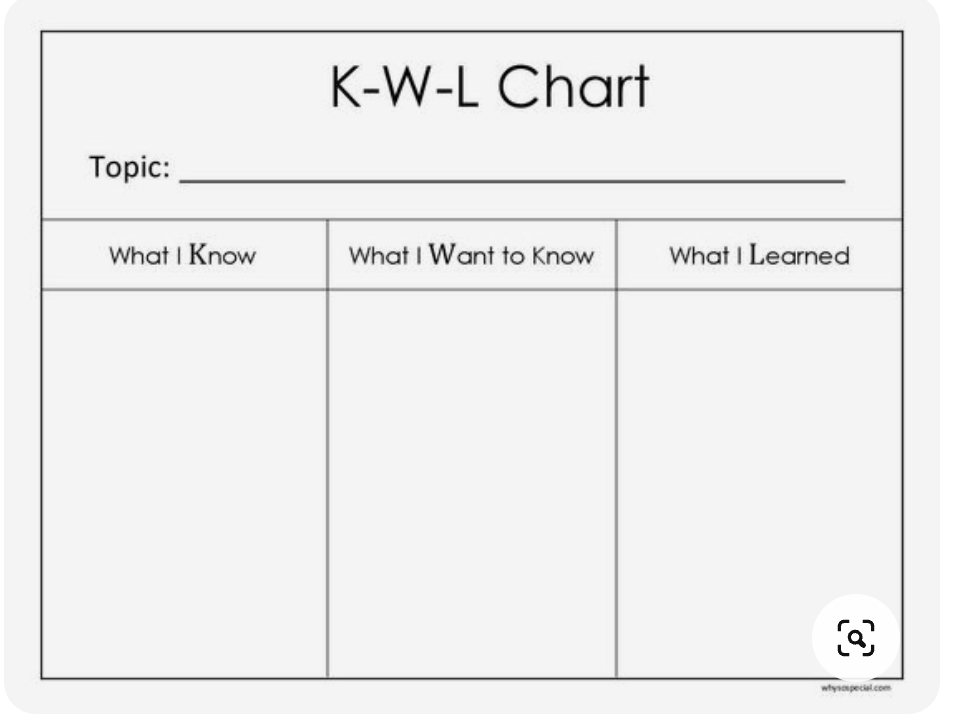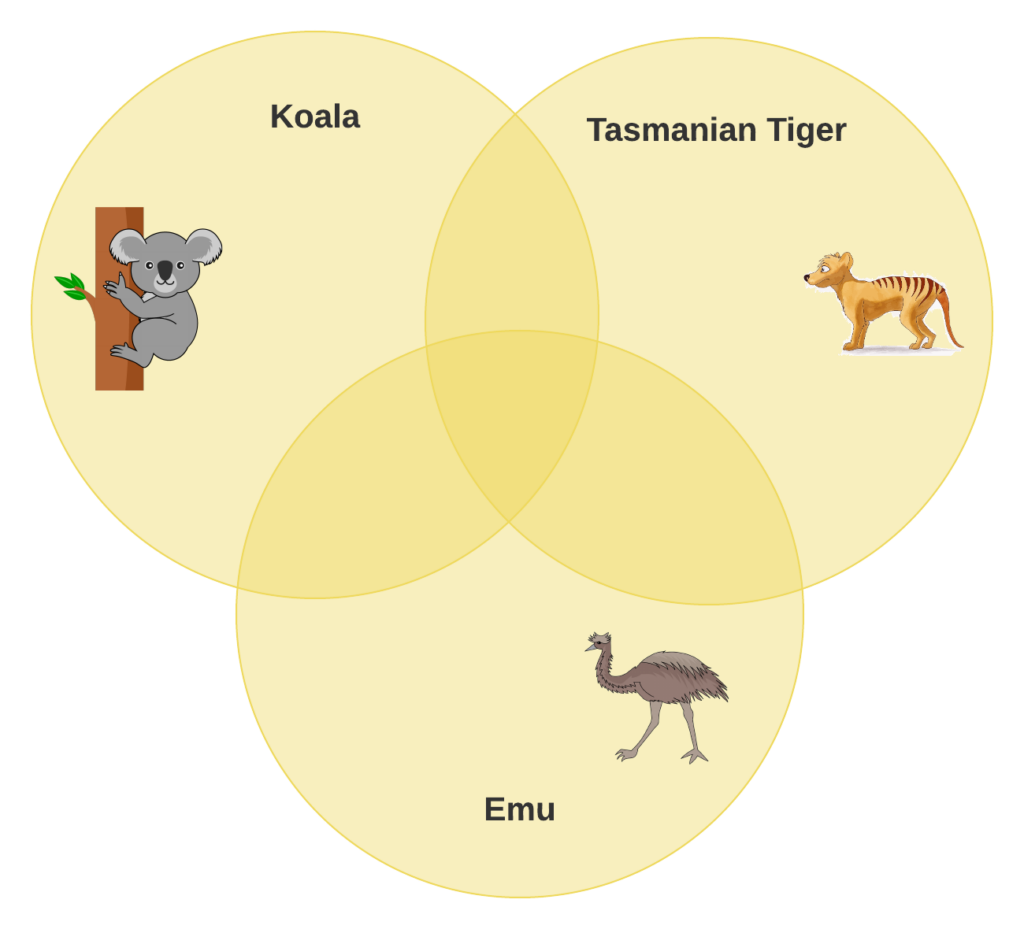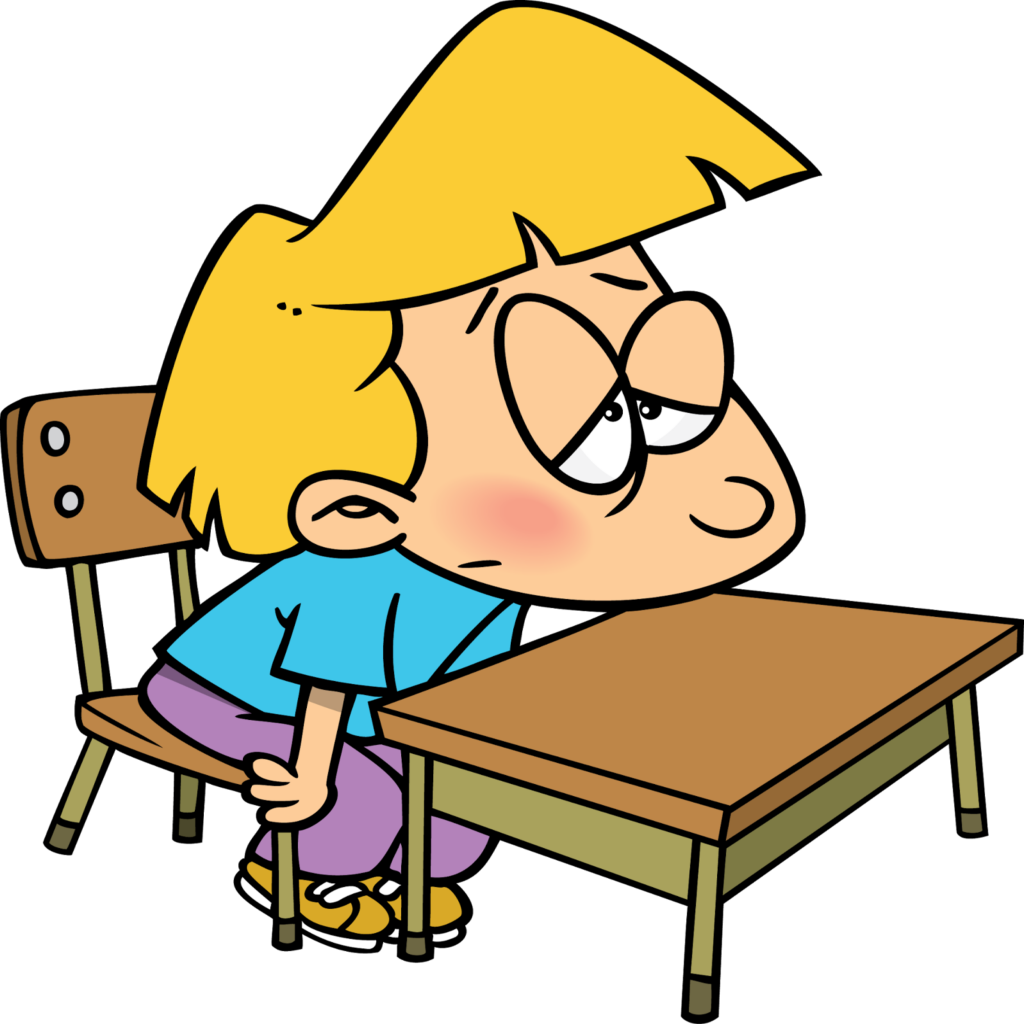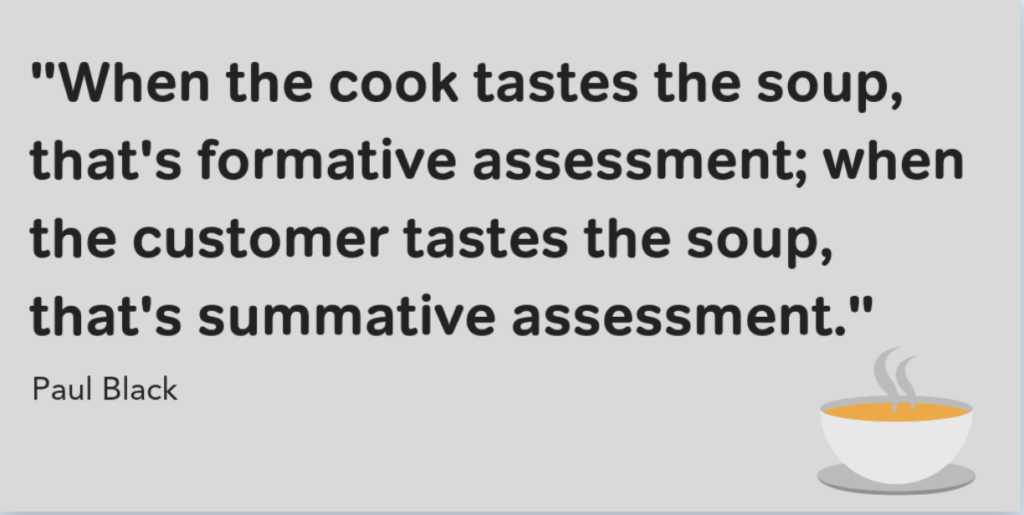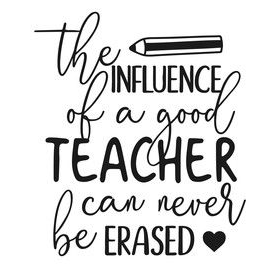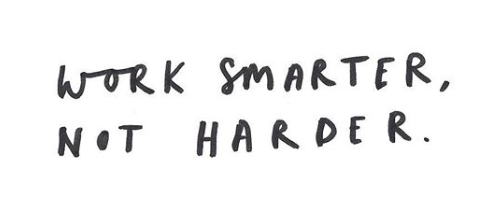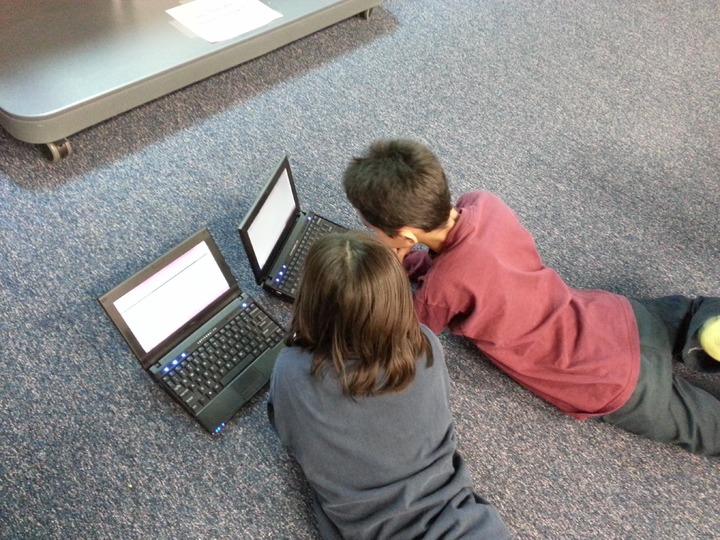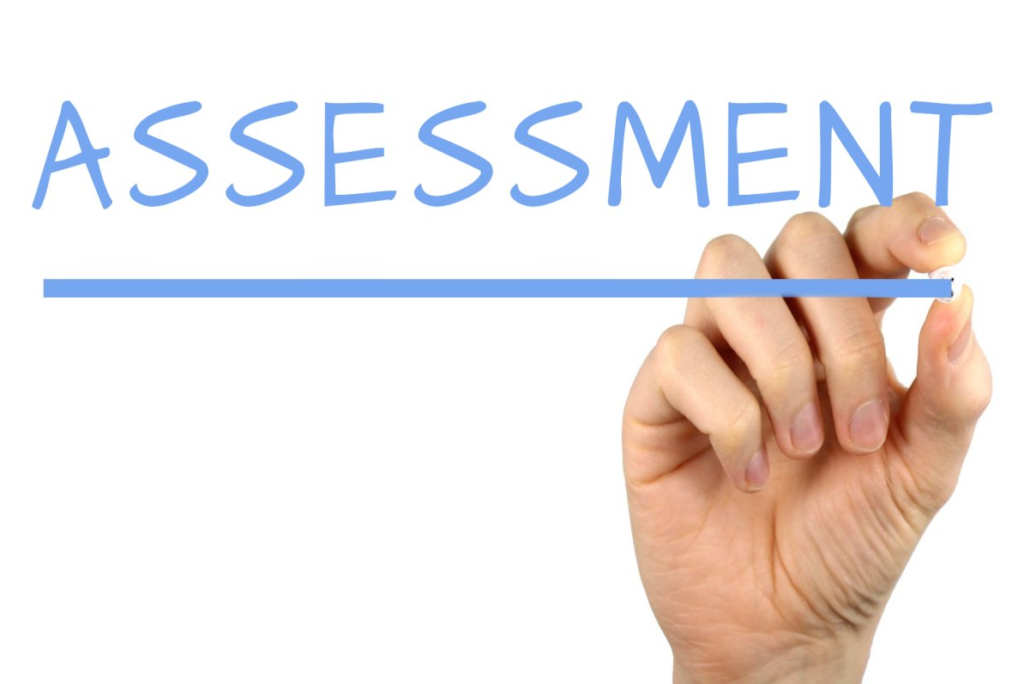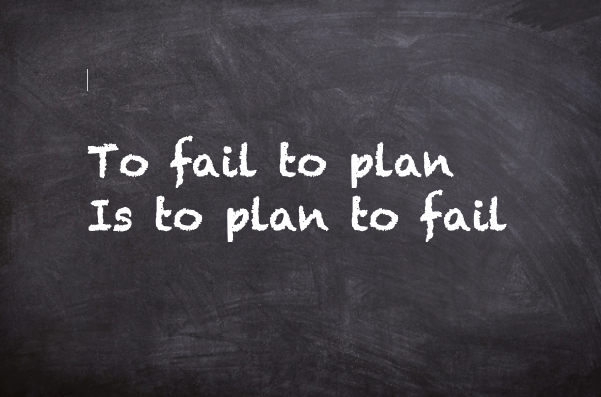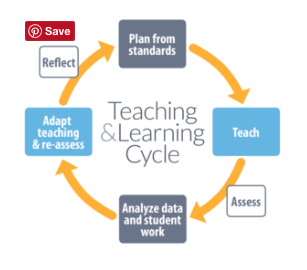Often teachers spend considerable periods of time devising their own units of work or modifying existing units of work, based on their student needs. After all, we are in the game because we care and we want to see our children grow into active and informed citizens.
We scour through curriculum documents and whole school planning documents to devise these wonderful and engaging units of work for our children to devour and to learn from. Whether we use more traditional direct instruction or more constructivist inquiry learning pedagogies, the purpose is always the same – to enhance student learning!

We may alert our students to the purpose of the learning by posting our learning intentions at the beginning of the lesson or announcing what we want them to be able to do by the end of the lesson and check this off with an exit ticket. We are alerting their brains to what is to come so they can make connections, hopefully, with existing knowledge and what is to come.
Whether it be at the end of a specific lesson or at the end of a unit of work over several days or weeks, at some point the “penny” must drop of “why are we learning this?” Hopefully, as the teacher and creator of learning activities, the intention and applicability to their lives have been built into the learning activities. Hopefully, along the way, they have realised how they can apply these reading skills in their lives. What about applying Pythagoras’s theorem to their lives? Hmm! Well, we can try!!
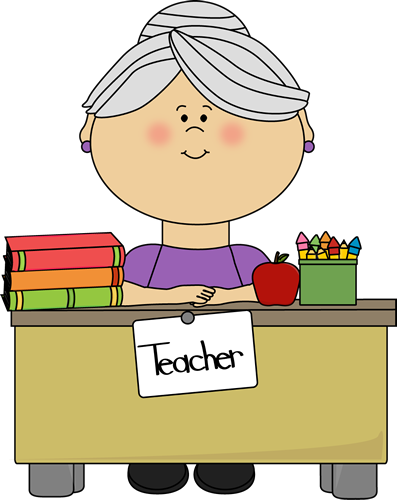
When creating a unit of work, it is worth considering “Why is this important for my children to learn, to understand or be able to do?” At the end of a unit of work specifically, after a raft of learning activities and the new knowledge and/or skills gained, how will this be of benefit to my students? This is the “so what” of learning. Why have we learned X, Y and Z and how does it impact my life? Will I use this on a regular basis? After all this learning, does it drive or compel me to act in a certain way? Is there a “call to action”?
For example, you have been studying how we celebrate cultural days in Australia (Year 3 ACHASS064) and learned about the important Australian and other cultural days of importance and held a cultural lunch with students and parents. Children can state the important days of celebration in Australia and a few from other countries and the feeling is all warm and fuzzy, especially after that shared cultural lunch. However, “so what” – why did we learn this?
Surely a unit of work on understanding days of significance in Australia not only develops an understanding of ANZAC Day, Christmas Day, etc. but also develops an understanding of other days of significance for cultures represented in our school population. Surely we want the students to develop an understanding of the importance of celebrating important days for ALL people. We want them to develop empathy towards people of all cultures and to respect their days of celebration and commemoration.

So, after the unit of work, apart from the usual PowerPoint of commemorative days around the world and the shared cultural lunch, what is the call to action? Do the Year 3 students note our school calendar only includes Australian days of commemoration? Do they notice we do not have special school assemblies apart from ANZAC Day? How are the other cultural groups represented in our school recognised and their commemorative days celebrated? Perhaps the Year 3s need to write a letter to the Principal encouraging him/her to also include other days of significance on the school calendar. Perhaps the Year 3s could invite the Student Councillors to hear why other days of celebration should be added to the list of assemblies for the year.
It is incumbent upon teachers as creators of learning activities to ensure students know why they are learning this and how it applies to their lives. One way to do this is to think of the “so what” of learning, which may involve a call to action at the completion of the unit of work.

